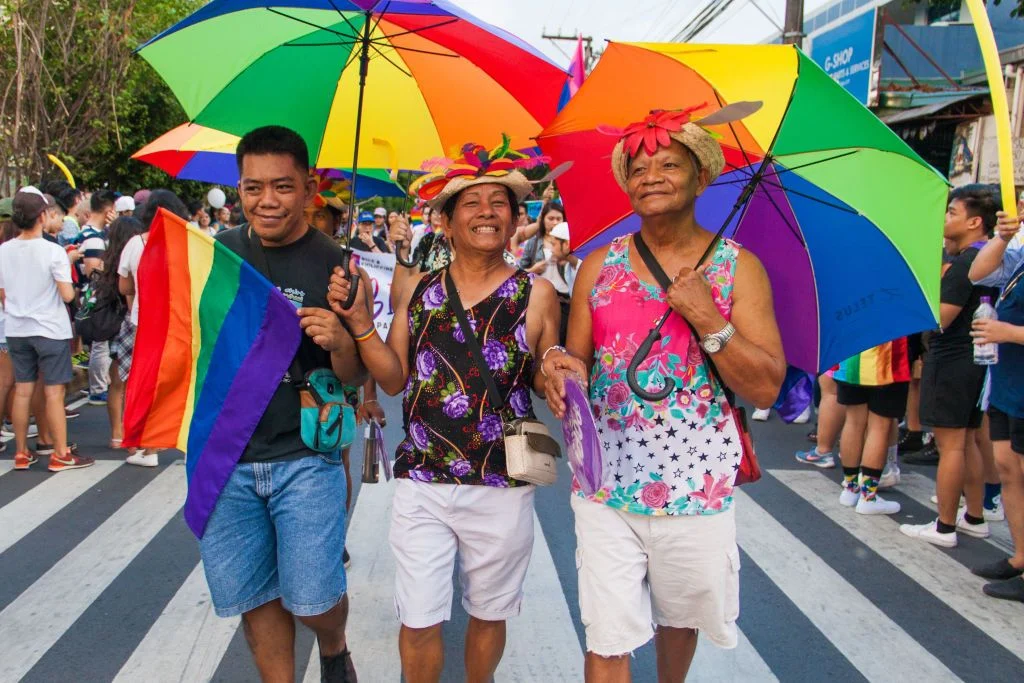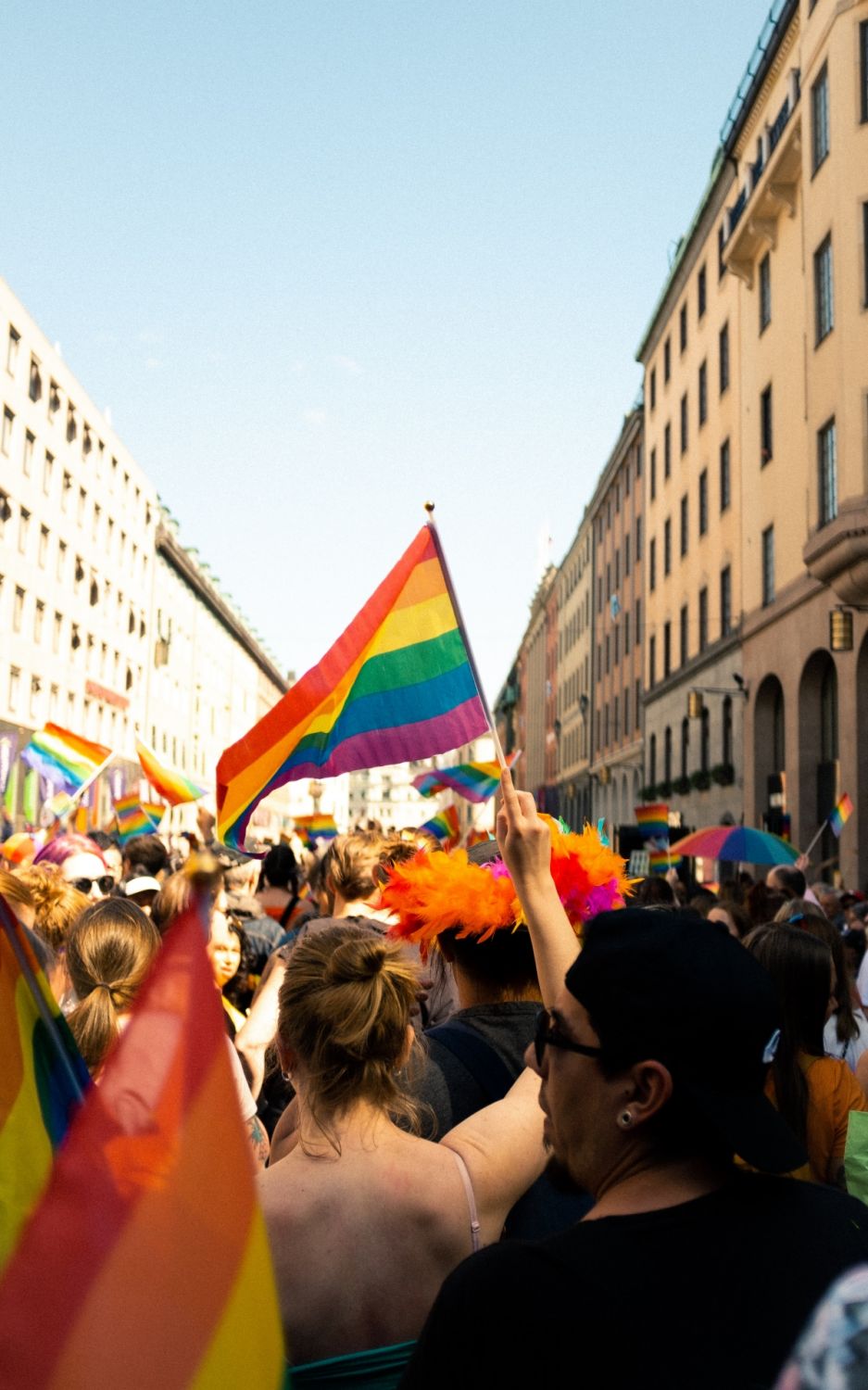Although the term 'Filipinx' was meant to represent an inclusive Filipino identity, it has been a topic of heated disputes due to its controversial, colonial origins
Over the past week, you may have heard about “the Bon Appetit tapsilog post” on Instagram. Published on Saturday, the 22nd of January, the post has received a great deal of negative attention from Filipinos, receiving over 500 comments just two days later.
Although a handful of remarks take a jab at the photo for the absence of sawsawan and “severe lack of rice”, the true controversy lies in the caption, which described tapsilog as a “Filipinx meal.” In light of the backlash, the caption was edited to read “Filipino” instead of the controversial “Filpinx” the following day. What does ‘Filipinx’ mean, and why is it so controversial?
See also: It's A Matter Of Pride: A Deep Dive Into The Development Of The Movement In The Philippines
What does Filipinx mean?

In September of 2020, Dictionary.com added ‘Filipinx’ to its official compendium, inspiring heated global debates online. Defined two ways, namely:
- as an adjective to mean “of or relating to people of Philippine origin or descent, especially those living in the United States”; and
- as a noun, referring to “a person of Philippine origin or descent, especially one living in the United States”,
‘Filipinx’ was created to be a gender-neutral alternative for ‘Filipino’ or ‘Filipina’, most commonly used in the United States to reject the normative gender binary (i.e. rigid categories of female and male). The term serves a similar function to ‘Latinx’, which was likewise promoted as a gender-inclusive alternative for ‘Latino’ or ‘Latina’ in the American Hispanic diaspora. Although there continues to be overwhelming support for genderqueer identities, many find the word to be misled by colonial perspectives and a misunderstanding of the Filipino language.
See also: Pinoy Pride: 5 Facts About Beatrice Luigi Gomez, the First Openly-Queer Miss Universe Philippines




